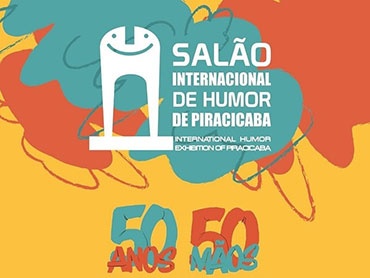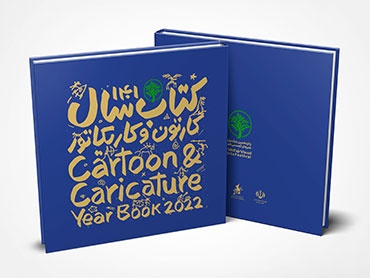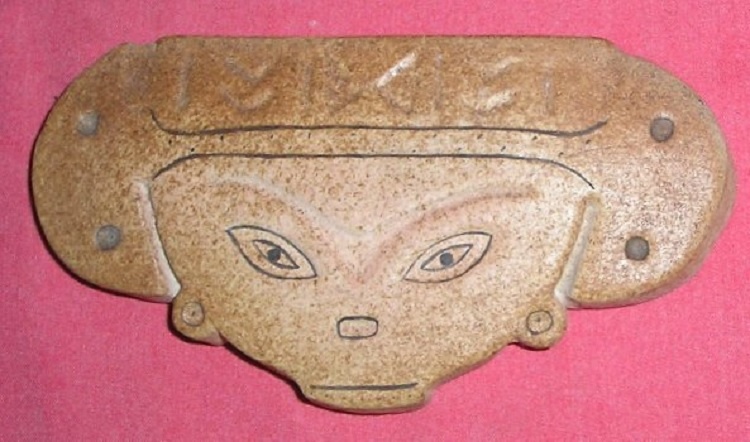
Argentine Painting, Pre-Columbian Painting
Various pictorial records are found among the pre-Hispanic cultures that inhabited what is now Argentina. In the northwestern Andes, the agricultural and pottery civilizations that developed there, from the Condorhuasi Culture (400 BC–700 AD) to the La Aguada Culture (650–950 AD) and Santa María Culture (1200–1470 AD), show extensive development of painting on ceramics and stone pieces, among which the feline image stood out. This painting was especially studied by the Argentine painter Enrique Sobisch during a two-year residency, study, and improvement in Mexico.
Painting during the Colonial Period
During Spanish colonial rule, painting developed primarily as religious art in churches, intended to Christianize indigenous peoples. Colonial religious painting was often done by encomendados (commended) or reduced indigenous people and African American slaves, under the authority of religious orders.
Another source of colonial painting is the books and manuscripts produced by colonizers, priests, scientists, and visitors. Notable among these are the drawings and watercolors by the German Jesuit Florian Paucke (1719-1789).
Until the Jesuits were expelled, most of the colony's cultural life revolved around them, who organized the work of the Guaraní indigenous people, who excelled more in sculpture and goldsmithing than in painting. Consequently, very few remains of painting from that period remain. After their expulsion, some foreigners developed the art of portraiture, among them Fernando Brambilla, a native of Madrid who would become court painter to King Ferdinand VII.
In what is now northwestern Argentina, and especially in Jujuy, the Cuzco School developed in churches, with its images of arquebus-wielding angels (related to the conquistadors) and triangular virgins (a syncretism of the cult of the Virgin Mary and Pachamama).
Arquebus-wielding angels are part of a strictly American pictorial style that developed in the Marquisate of Yavi in the Puna region of Jujuy, then part of the province of Tucumán, under the direction of Mateo Pissarro. They are asexual angels dressed in soldier's clothing and armed with arquebuses. Today, only two collections exist: in Uquía (Cuzco School) and in Casabindo (CTC master).
The 19th Century
In the early years of the 19th century, already at the time of independence and the opening of the country, several foreign artists visited and resided there, leaving behind their works. The first was Jean Philippe Goulu, a prominent French miniaturist. Among them were the English sailor Emeric Essex Vidal (1791-1861), a watercolorist who left important graphic testimonies of Argentina's past; Carlos Enrique Pellegrini (1800-1875), a French engineer who dedicated himself to painting out of necessity and who would become the father of President Carlos Pellegrini; the sailor Adolphe d'Hastrel (1805-1875), who published his drawings and watercolors in the book Colección de vistas y costumbres del Río de la Plata (Collection of Views and Customs of the Río de la Plata) (1875); the lithographers Andrea Bacle (1796-1855) and César Hipólito Bacle (1790-1838); among others. All of them, with the notable exception of César Bacle, painted landscapes and costumbrista scenes for pleasure, but made a living by painting commissioned portraits, the only truly profitable artistic activity.
In the third decade, Carlos Morel (1813-1894) appeared. He has been considered the first strictly Argentine painter, as he was educated in Buenos Aires and never traveled outside the country. Morel was also the precursor of the historical painting, which would become immensely popular at the end of the century.
Source

- January 08, 2026
The art of caricature in Latin America

- January 08, 2026
Latin American Pavilion Among the New Attractions at LA Art Show

- January 07, 2026
Andean Four-Cornered Hats
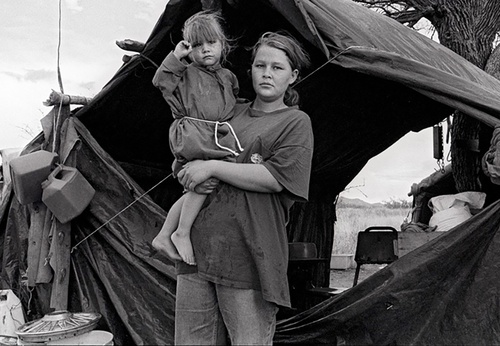
- January 07, 2026
US–Mexico Border | Photography Project by Laura Wilson (USA)
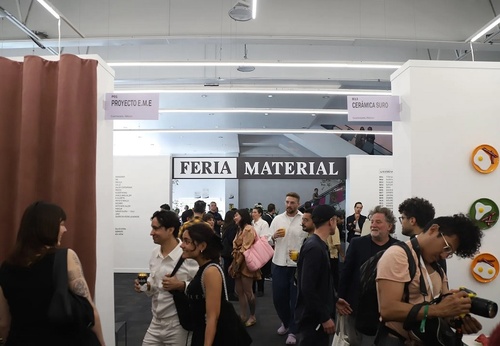
- January 07, 2026
Material Art Fair 2026
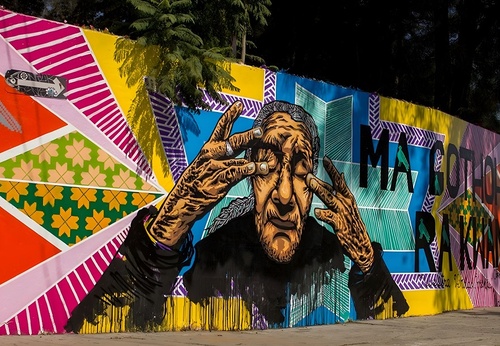
- January 07, 2026
Languages, Aesthetics, and Meaning of Contemporary Urban Art
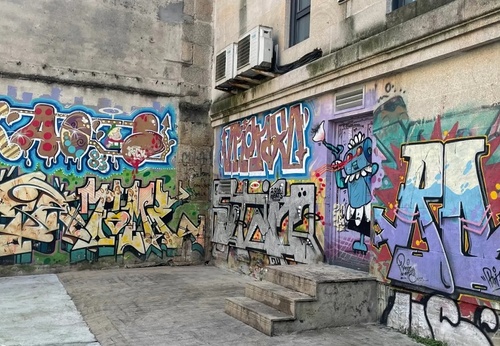
- January 07, 2026
Street Art as a Form of Social and Cultural Expression
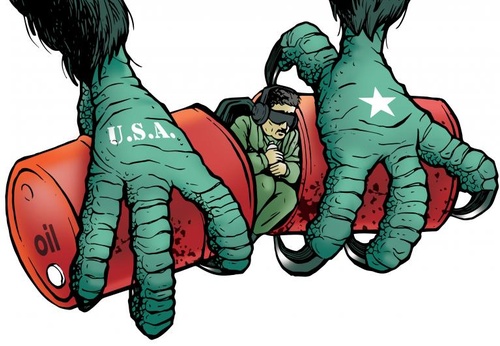
- January 07, 2026
Snatched
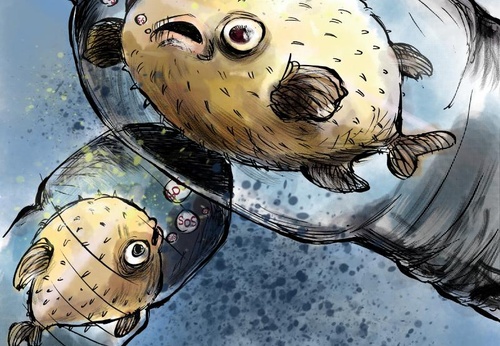

- January 08, 2026
The art of caricature in Latin America

- January 07, 2026
Languages, Aesthetics, and Meaning of C…

- January 07, 2026
Street Art as a Form of Social and Cult…

- January 06, 2026
Symbolism and Spirituality in Latin Ame…

- January 06, 2026
Sacred Art in Latin America: Meeting be…

- January 05, 2026
The Importance of Art in Society

- January 04, 2026
Graphic Art: Much More Than an Image, a…

- January 04, 2026
The Future of NFTs and AI-Generated Art

- January 01, 2026
Human Creativity vs. Algorithmic Creati…

- January 01, 2026
The Role of AI in the Preservation of C…

- December 31, 2025
Smart Museums: Artistic Experiences wit…

- December 31, 2025
Ethical Challenges of Machine-Created A…

- December 30, 2025
Generative Art: From Code to Gallery

- December 30, 2025
How Artificial Intelligence Is Redefini…

- December 29, 2025
Artificial Intelligence and the Reconfi…

- December 29, 2025
The Artificial Intelligence Revolution …

- December 28, 2025
The Difference Between Contemporary Art…

- December 28, 2025
The Impact of Contemporary Art on Today…

- December 28, 2025
Contemporary Art and its Multiple Langu…

- December 27, 2025
Graffiti: Urban Voices That Tell Stories

- August 29, 2023
The history of Bolivian art

- February 19, 2024
Analysis and meaning of Van Gogh's Star…

- January 28, 2024
Culture and Art in Argentina

- September 25, 2023
What is the importance of art in human …

- September 23, 2023
What is paint?

- August 23, 2023
The 11 types of art and their meanings

- August 10, 2023
14 questions and answers about the art …

- September 23, 2023
Painting characteristics

- August 30, 2023
First artistic manifestations

- January 12, 2024
10 most beautiful statues and sculpture…

- September 23, 2023
History of painting

- March 26, 2024
The importance of technology in art1

- July 13, 2024
The impact of artificial intelligence o…

- March 26, 2024
Cultural identity and its impact on art…

- April 07, 2024
Graffiti in Latin American culture

- April 02, 2024
History visual arts in Brazil

- August 16, 2023
The 15 greatest painters in art history

- April 06, 2024
History of visual arts in Ecuador

- October 18, 2023
History of sculpture

- March 05, 2024
The art of sculpture in Latin America

- February 19, 2024
Analysis and meaning of Van Gogh's Star…

- August 13, 2023
9 Latino painters and their great contr…

- August 23, 2023
The 11 types of art and their meanings

- August 10, 2023
14 questions and answers about the art …

- August 27, 2023
15 main works of Van Gogh

- August 29, 2023
The history of Bolivian art

- January 28, 2024
Culture and Art in Argentina

- November 06, 2023
5 Latin American artists and their works

- September 23, 2023
Painting characteristics

- September 23, 2023
What is paint?

- September 25, 2023
What is the importance of art in human …

- March 26, 2024
Cultural identity and its impact on art…

- August 30, 2023
First artistic manifestations

- December 18, 2023
10 iconic works by Oscar Niemeyer, geni…

- January 20, 2024
What is the relationship between art an…

- January 12, 2024
10 most beautiful statues and sculpture…

- August 24, 2023
The most famous image of Ernesto "Che" …

- October 30, 2023
Characteristics of Contemporary Art

- May 26, 2024
Técnicas de artes visuais

- August 22, 2023

